Run Apache XTable in AWS Lambda for background conversion of open table formats
AWS Big Data
NOVEMBER 26, 2024
Initially, data warehouses were the go-to solution for structured data and analytical workloads but were limited by proprietary storage formats and their inability to handle unstructured data. In practice, OTFs are used in a broad range of analytical workloads, from business intelligence to machine learning.

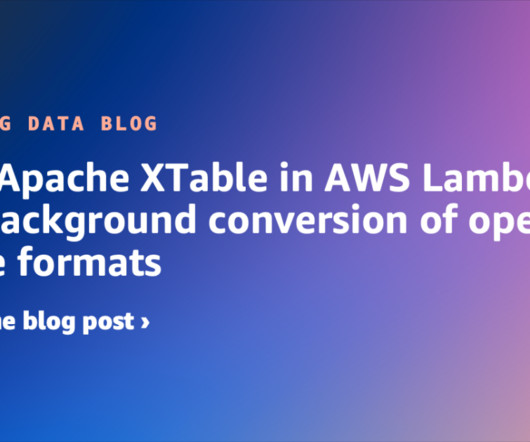
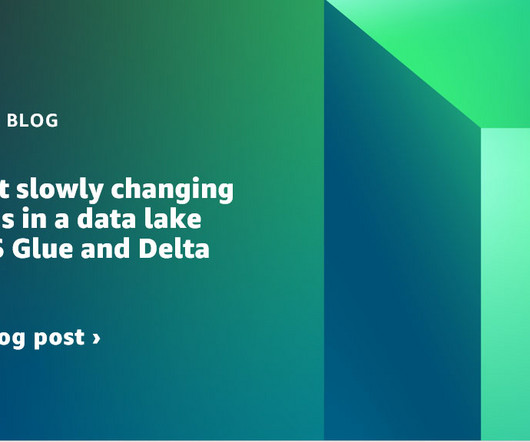
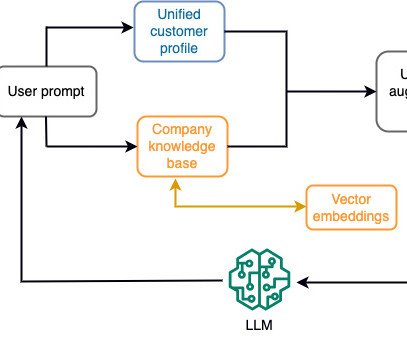
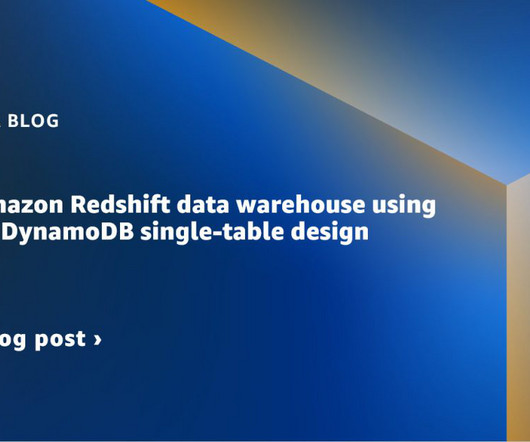



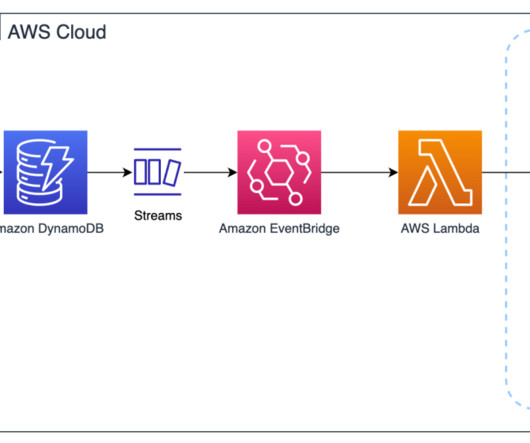

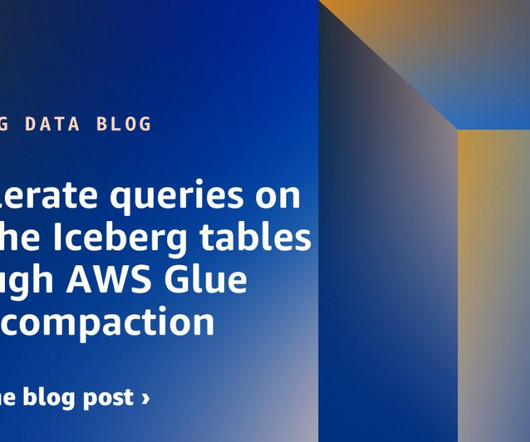









Let's personalize your content